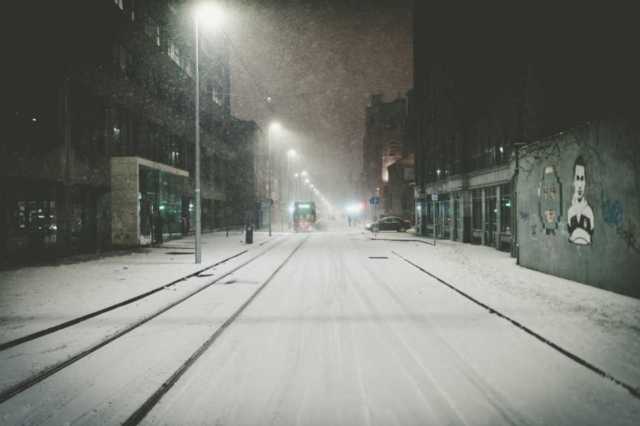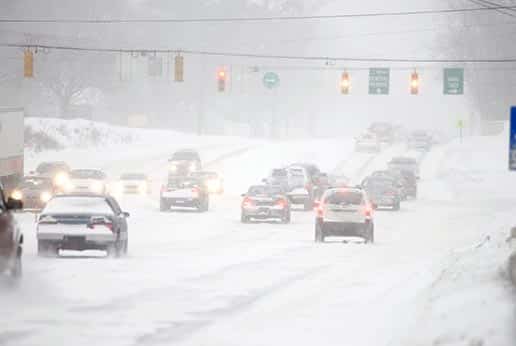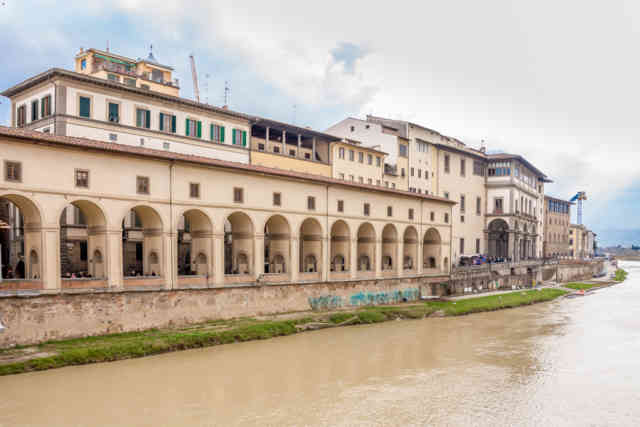
Driving in the snow is far from ideal and should, if at all possible, be avoided. However, sometimes taking a drive in this most treacherous of weather conditions has to be done. When that is the case, there are certain things you should do to ensure that you remain as safe as possible, get to your destination in one piece, and don’t cause any unnecessary incidents for other road users.
Statistics around driving in the snow
According to the most recent set of figures released by the Department for Transport, 2,274 people were injured in just one year due to driving on the roads when the conditions were either snowy or icy. On a similar note, research has discovered that, on average, 22% of all road accidents in the UK are directly due to poor weather conditions.
These figures showcase the fact that driving in inclement weather is by no means ideal, so what can be done to ensure that you are able to stay safe?
Top tips for driving in winter
1. Be prepared
You must always plan for the worst, even though this is the scenario you clearly want to encounter the least. Make sure that you have packed away some provisions – a blanket, some food, a portable phone charger, some warm clothes, a shovel – just in case things go wrong. You should also prepare your vehicle before the journey takes place by getting the right sort of winter tyres fitted to all of the car’s wheels.
2. Take your time
You should not only leave additional time for the journey itself, but also take more time when driving around corners, braking, and when you encounter other vehicles on the road. There is no point in rushing because this is only likely to cause your vehicle to slip and slide, which could easily result in injury.
3. Be seen
You should do everything in your power to ensure that while you are on the road, other travellers can easily see you. Clear all of the snow off your car before you travel, keep your lights on, and stay in your lane. Don’t do anything that could be considered erratic.
4. Plan ahead as much as possible
Keep an eye on the route, understand where exactly you are going and how you are going to get there, and ensure you are alert to road closures. Keep your radio on and make sure that, if you are travelling with a companion, they have updates or alerts on their phone that will let you know what roads are closed, or where traffic jams are likely to occur.
5. Don’t panic if things go wrong
If something does go wrong – and there’s absolutely no guarantee that it will – then the last thing you should do is panic and, subsequently, make things worse. If your car starts to slide, ease off the accelerator and straighten up gradually, rather than pumping the brakes or turning the steering wheel quickly.
If you get stuck in a snowdrift, or your car comes off the road and you can’t get it back on track, alert the relevant authorities quickly, give them as much detail as possible, and don’t move far from your vehicle. The best thing to do is stay inside your car, chow down on some of your pre-packed provisions, and wait for help to arrive.










